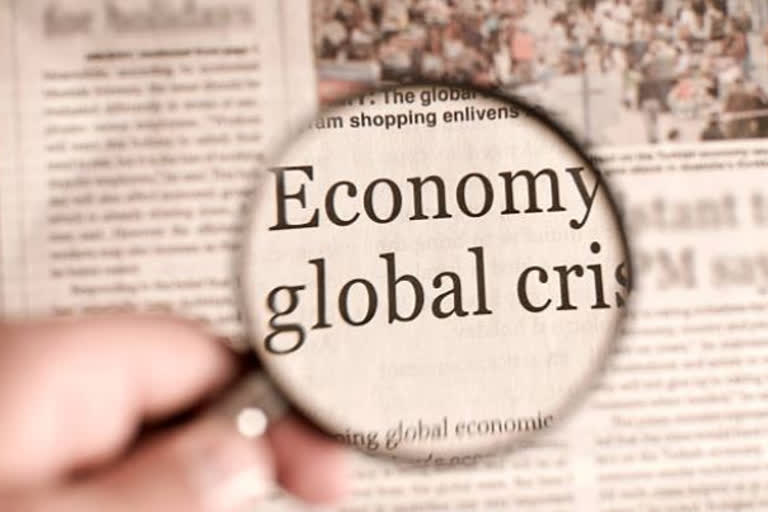Hyderabad: The present economic situation abroad and at home is reminding us of Global Financial Crisis of 2008 and it is human tendency to draw comparisons of the present to the recent past.
However it is to be noted that both of them are quite different, despite sharing some similarities. An attempt is made to make a comparison between them in order to have a clear policy insight.
Similarities:
The Global financial crisis had its epicentre in the United States, and triggered by the failure of Lehmann Brothers in 2008. Later it enveloped the global economy, due to the inter connectedness of global financial and banking system.
Eventually it turned into a real sector crisis, distorted the global supply chains, evaporated billions of dollars’ worth investors’ wealth and plummeted the consumption demand across the world. It pushed the world into an economic crisis that the world never witnessed after the Great Depression of 1929.
Similarly the COVID-19 virus, with China as its epicentre, had engulfed the world into an unprecedented global health emergency. Given its highly contagious nature, it forced the countries across the world to shut down their borders, and send millions of people to quarantine and even going to the extent of locking down the cities and States.
This eventually brought the economic activity across the world to a grinding halt, disrupting the global financial markets and affecting the lives and livelihoods of hundreds of millions of people around the world.
Read more:RBI announces more measures to deal with economic fallout of Covid-19
Thus there appears to have striking similarities between both the crises 2008 and 2020, given their efficiency to engulf the world and their ability to bring the global economy to knees. However drawing such similarities could lead us to end up taking similar policy measures that could be dangerously counter-productive. Hence it is pertinent to understand how they are different from each other.
Why are they Different?
It is pertinent in this context to look at the dissimilarities between both the crises in order to take any policy actions further. The first difference is the nature of the slowdown. Although both the crises had brought a slowdown, in 2008 it took time for transmitting from banking to financial to real economy through the global interlink ages.
However the present situation is like a bolt from the blue as millions went under lockdown and the economy came to a standstill.
Second difference is the cause of the slowdown in consumption demand, which are altogether due to different reasons. While in 2008 it was triggered by a crisis in banking sector, in 2020 the COVID-19 is triggered by a viral infection, which need to be dealt in a completely different way.
Thirdly, while 2008 crisis pushed down the global economy from its peak, the present slowdown had only accelerated the fall in consumption demand that was already underway.
Fourth difference is the liquidity situation. There was liquidity crisis during 2008 and there was ‘trust deficit’ widely prevalent in the banking system, which made raising capital a difficult proposition.
However in 2020, the banks are pumped with enough liquidity and there is no such thing called ’trust deficit’, and once the lockdown gets over there is a hope for renewed banking activity, which is a positive sign for the future.
Given these striking dissimilarities between the slowdown caused due to global financial crisis and the present one caused due to COVID-19, policy makers need to strike the right chords, instead of taking up similar policies that they adapted in dealing with the former.
(Article by Dr Mahendra Babu Kuruva. He is an Assistant Professor in the Department of Business Management, H.N.B.Garhwal Central University, Srinagar garhwal, Uttarakhand. Views expressed above are personal.)



